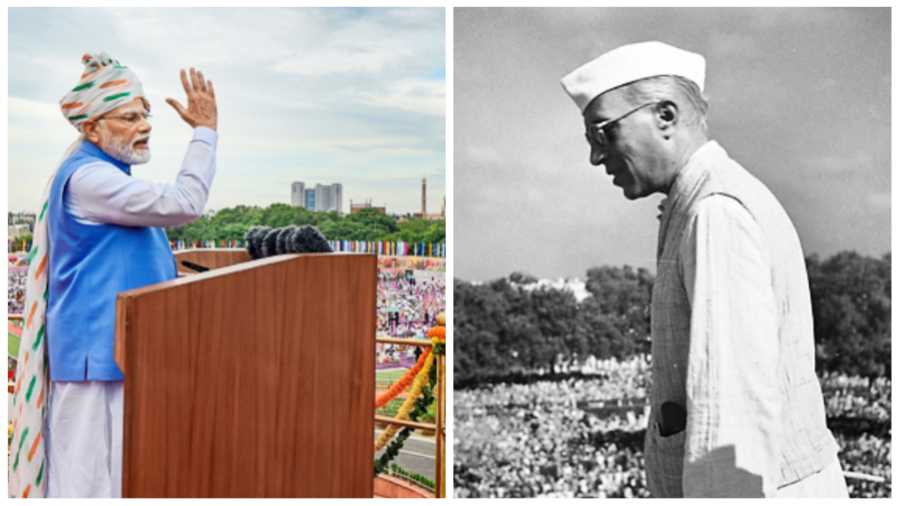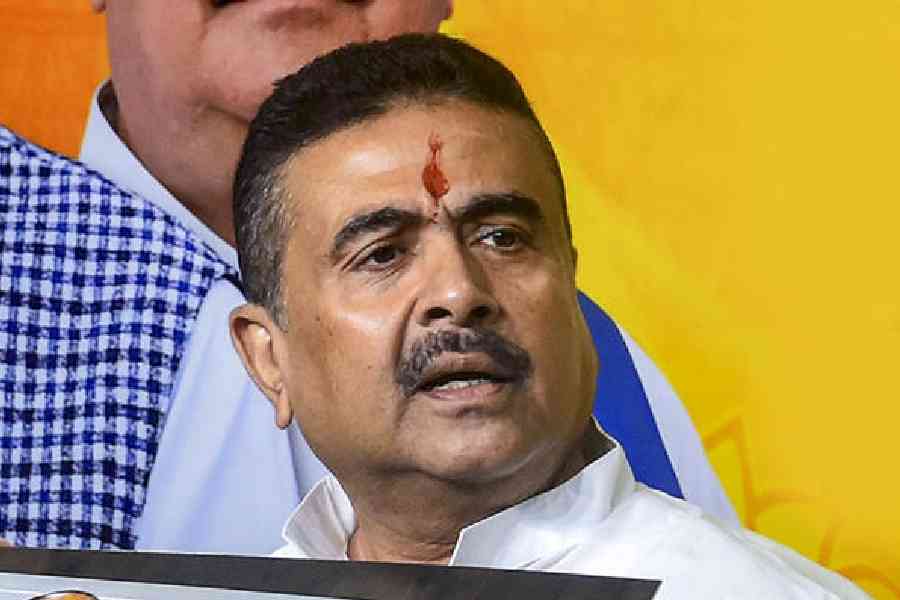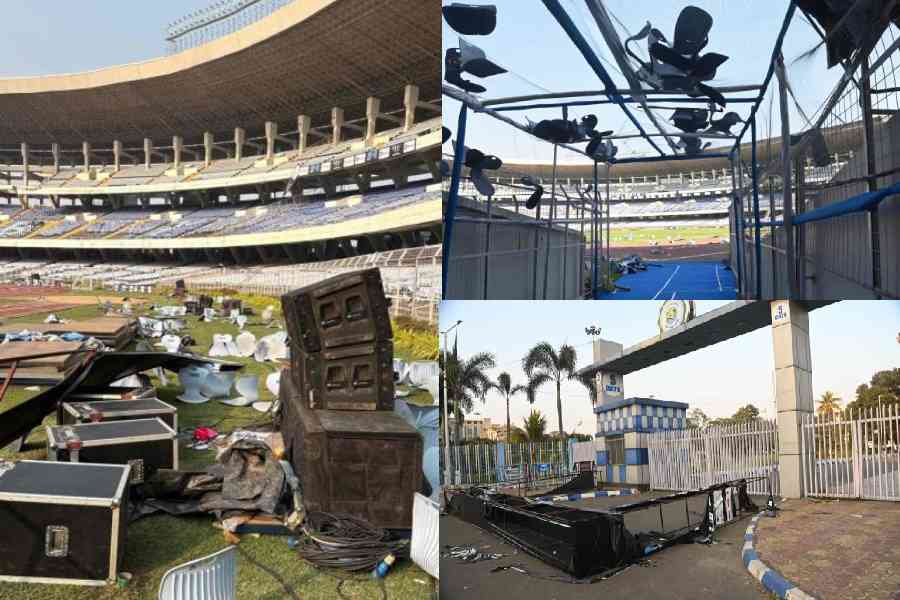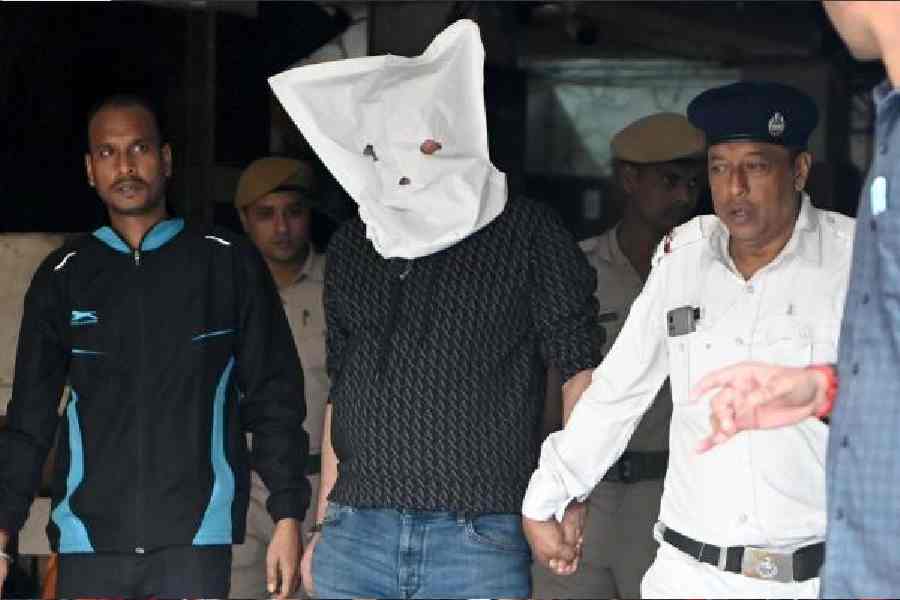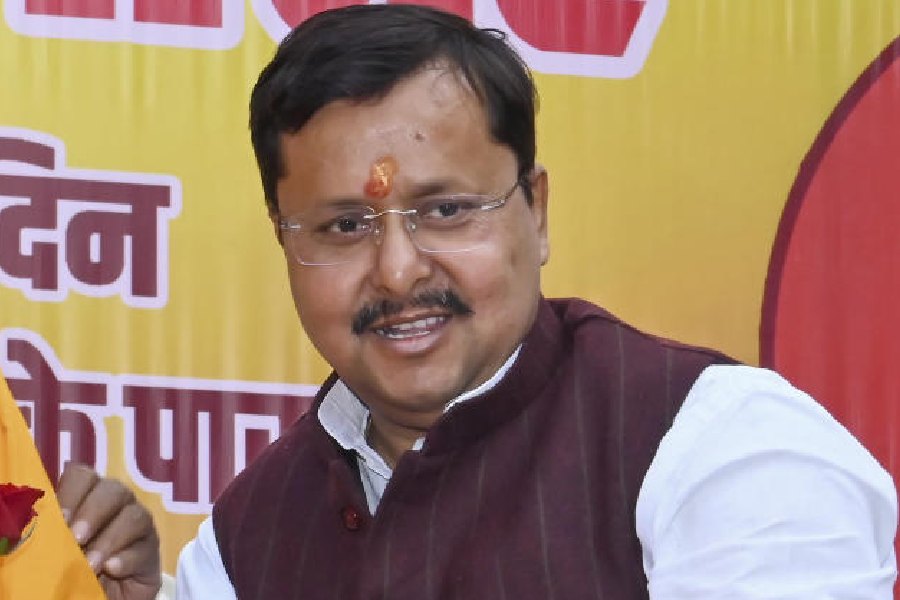The official celebration of Indian democracy, especially this year, seems to revolve around a simple, plain, and straightforward narrative of an ongoing success. The phrase, world’s largest democracy, which emerged in the 1990s, is gradually being replaced by a new and more powerful expression, mother of democracy. Indian culture and values are described as ideal preconditions for democracy to survive.
Narendra Modi also highlighted this fact in his Independence Day speech this year. He said: “The world was not cognizant that India has an inherent potential of strong culture and values, a bond of thoughts deeply embedded in mind and soul; and that is — India is Mother of democracy. And when those who have democracy pulsating in their minds walk with determination and resolve, it augurs doom for the most powerful sultanates of the world. This Mother of Democracy, our India has proven to all that we have this invaluable strength.”
This official interpretation gives us an impression that democracy is an end in itself — an ideal that has to be cherished for its own sake. Although Modi also talks about the responsibility of a democracy to get rid of the political evils, such as dynasty and nepotism, the idea of democracy in his framework is not envisaged as any kind of political instrument.
The portrayal of Indian democracy as an end in itself is a relatively new phenomenon. It is true that the success of electoral politics was always highlighted by the State to underline the distinctiveness of the Indian political experiences. Yet, it was only in the early 1990s when the political class began to celebrate India’s democracy as an end in itself.
It is worth noting that democracy as a form of government was characterised very differently in the early decades after the Independence. It was seen as an instrument to realise a few big ideals: socialistic pattern of society, socialism, nation-building and so on.
The ongoing celebration of Indian democracy this year as amrit kaal gives us a perfect opportunity to pay close attention to these two different — even contradictory — official imaginations of democracy: democracy as an instrument to achieve an ideal or a goal and democracy as an end in itself.
The term, ‘democracy’, is officially used to describe at least four features of the Indian political system: the supremacy of the written Constitution; an institutional set-up based on the principle of separation of powers; free, fair and regular elections as an operative mechanism; and, finally, a commitment to have welfarism as a policy.
There is a remarkable consistency in adhering to these features in the official discourse of the State, especially in the domain of public policy. However, their meanings and interpretations are always determined contextually.
We must remember that Indian nationalism (especially the dominant manifestations of it) was not merely anticolonial in nature. There was also an enthusiasm to produce new, constructive and, in a way, futuristic imaginations of an ideal Indian society and State: the ideas of India.
Democracy, as expected, was seen as an instrument to achieve these imaginations. The Constituent Assembly was clearly a site where these futuristic resolves were discussed and debated to produce a workable institutional apparatus.
Jawaharlal Nehru, who had always been interested in offering explanatory templates to his political actions, gave a persuasive thesis: the socialistic pattern of society. For Nehru, the socialistic pattern of society was an India-specific resolve to have a very specific kind of welfare State.
In his 1954 speech, Nehru clarified that the welfare State in India should not ignore the importance of wealth generation. Democracy, in this schema, was seen as a tool for achieving a greater degree of political participation as well as the distribution of wealth.
It is true that Nehru’s ideas became the basis of the official discourse on planning. It does not, however, mean that the successive Congress regimes continued to follow the socialistic pattern of society thesis as the ultimate official goal.
The Emergency regime of Indira Gandhi (1975-77) is very relevant in this regard. Indira Gandhi justified the Emergency for achieving a few crucial objectives: national security, economic development, and the upliftment of the poor and the marginalised groups. Interestingly, she did not deviate from the established official imagination of democracy. She envisaged democracy as a reliable instrument for effective political action despite the fact that individual liberties and fundamental rights of citizens were clearly violated during the Emergency.
The opponents of Indira Gandhi, especially socialists like Jayaprakash Narayan, offered an equally fascinating imagination of democracy. JP, who wrote a powerful critique of the Indian political system in 1959 in his book, A Plea for Reconstruction of Indian Polity, also recognised democracy as a method to have Total Revolution.
Democracy as an instrument for social change thesis started declining in the 1980s. This process began during the time of the Rajiv Gandhi regime. The subsequent coalition governments led by V.P. Singh and Chandra Shekhar did not show any interest in propagating big ideals. By that time, the secular-communalism binary began to offer a new language of professional politics.
The 1990s was a watershed moment. In order to expediate the process of economic liberalisation and globalisation, the State began to redefine its political role. Any direct intervention by the government in the sphere of economy was seen as a structural constraint. The assumption that an unrestricted market would eventually facilitate growth and development was strongly propagated by the government as an uncontested economic truth.
This new, market-friendly political consensus, however, posed a serious challenge for the political class. The role of the State as a mediator between the open market and the citizens was to be legitimised; on the other hand, there was a need to redefine the idea of welfarism. These challenges actually paved the way for a new official imagination of democracy.
The political class started worshipping the Constitution as a distinct and self-explanatory text. Even the Hindutva forces, which have always been uncomfortable with certain provisions of the Constitution, began to treat it as a sacred document. Parliament and judiciary were recognised as symbols of institutional durability, while the overwhelming and ever-increasing participation of people in elections was shown as evidence of the success of the Indian political system. Finally, and most importantly, sectoral welfarism — addressing social groups such as women, adivasis, Dalits, Muslims and the other backward classes as distinct stakeholders — was adopted to refashion a new discourse of social inclusion. In other words, a successful attempt was made to establish the fact that democracy is an end in itself.
The contemporary moment of Indian democracy underlines an interesting conflict between these two official imaginations. The political parties envisage themselves as professional entities like firms. They treat citizens as political consumers in the open market space of elections. This established framework of politics goes well with the democracy is an end in itself thesis. However, the ever-increasing economic and social disparities pose a different challenge. The aspiration of marginalised communities cannot be satisfied entirely by offering a few attractive packages or by aggressive political marketing. This leads to an elusive search for new political ideas and imaginations.
Unfortunately, the political class in India has failed to produce such ideals — the new and futuristic ideas of India.
Hilal Ahmed is Associate Professor, CSDS, New Delhi

